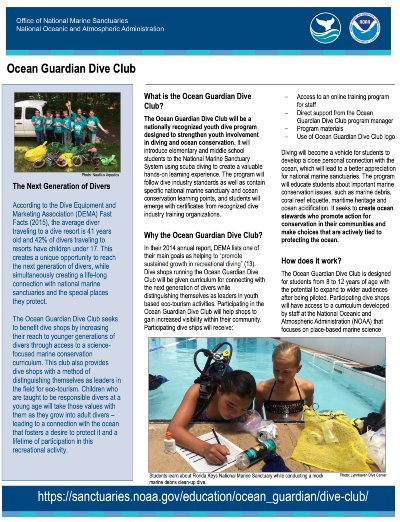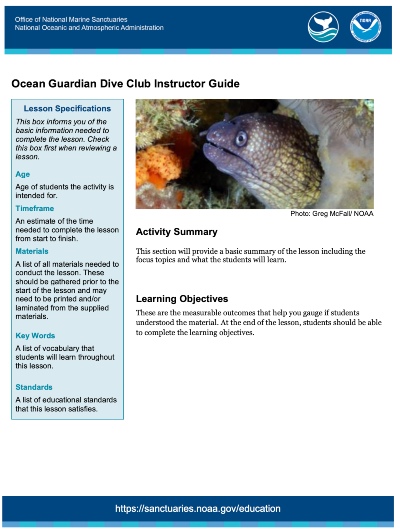Ocean Guardian Dive Club
NOAA’s Office of National Marine Sanctuaries is excited to reintroduce the NOAA Ocean Guardian Dive Club, an educational program designed to strengthen youth involvement in diving and ocean conservation. This program aims to build a connection between youth and the ocean, inspiring them to enjoy and protect the ocean throughout their lifetime. Dive Club lessons target youth ages 8-12, but can be scaled up for older students as needed.
Information for Dive Shops and Dive Clubs
Dive shops and dive clubs are encouraged to incorporate these free educational materials into their scuba certification programs to teach youth about ocean conservation and stewardship with a focus on safe diving techniques. During a multi-day program or summer camp, dive clubs and dive shops can conduct both classroom- and pool-based sessions to practice diving techniques, as well as teach youth about issues and threats related to national marine sanctuaries.
Following the program or camp, dive club participants are strongly encouraged to conduct a stewardship activity as a way to create a positive environmental change in their community. Ideas include a beach or watershed cleanup or a campaign to reduce ocean pollution. Find inspiration through project examples from NOAA Ocean Guardian Schools around the country.
Information for Parents
If you are a parent of a youth diver and would like them to participate in the Ocean Guardian Dive Club, share this information with your local dive shop. All of the educational materials are free and dive shops are encouraged to use the lessons as part of their junior dive certification programs.
What do students learn?
Students will learn about the special places protected by NOAA's National Marine Sanctuary System through important ocean literacy and conservation topics. Students will be equipped and inspired to be ocean stewards. Students will practice important diving skills and learn about basic science diving concepts. Not located near a National Marine Sanctuary? Don’t worry - students living all over the country will learn and benefit from the ideas introduced in each lesson.
NOAA Ocean Guardian Dive Club Lesson
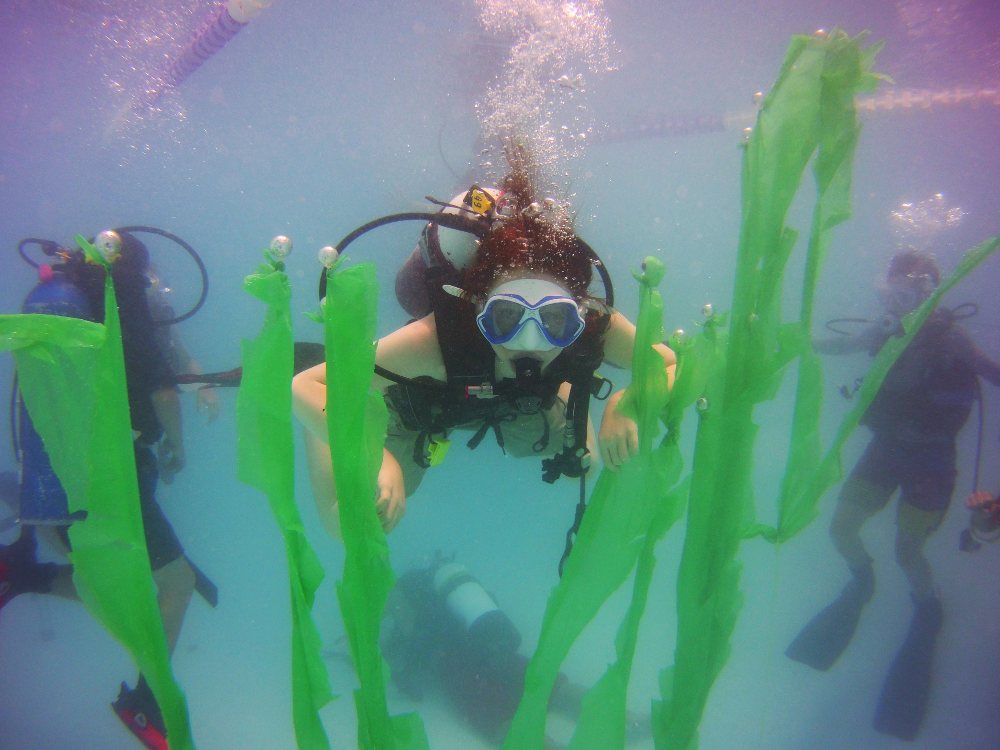
This lesson introduces students to the National Marine Sanctuary System. Students will learn about the mission of the NOAA Office of National Marine Sanctuaries and will understand the role of marine protected areas in supporting a healthy ocean.
Content:
Dive Club One Pager
Instructor Guide
Pacific Islands
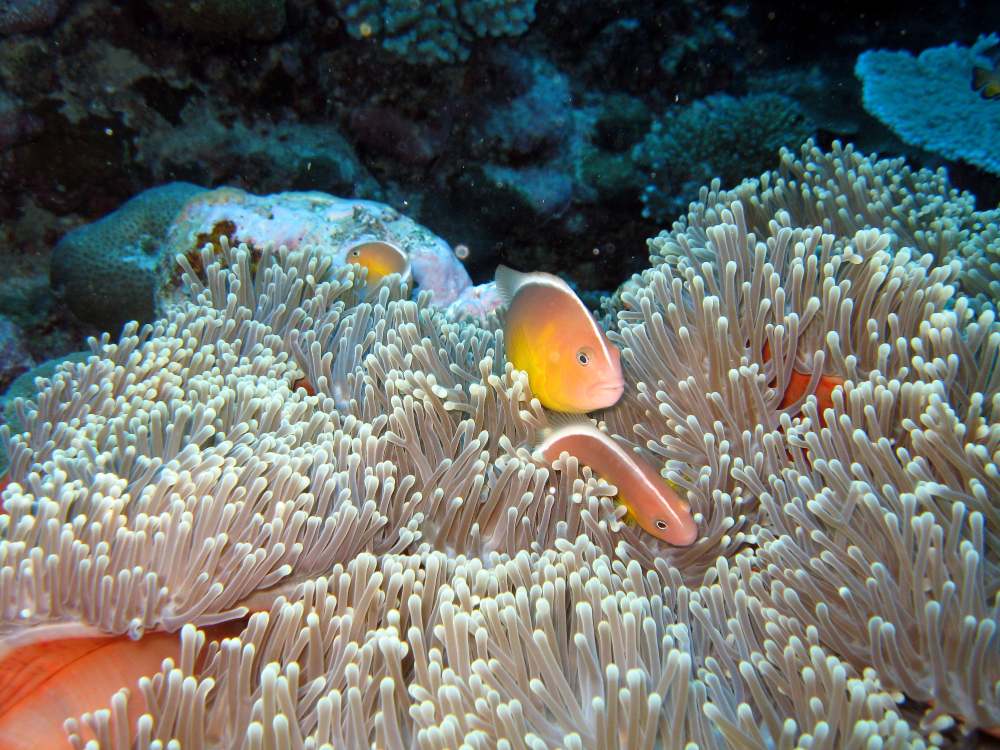
National Marine Sanctuary of American Samoa
This lesson introduces students to National Marine Sanctuary of American Samoa and the important living and nonliving resources it protects. Students will simulate the cause of ocean acidification and the use of a photo-transect survey to monitor coral health.
Content:
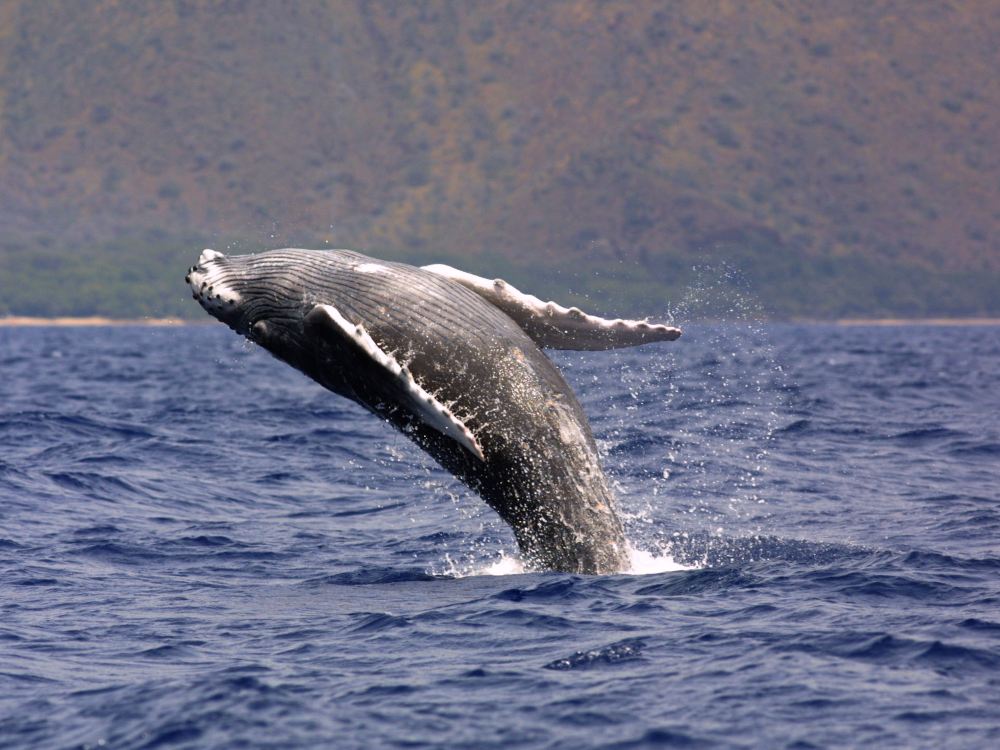
Hawaiian Island Humpback Whale National Marine Sanctuary
This lesson introduces students to Hawaiian Islands Humpback Whale National Marine Sanctuary, the importance of humpback whales to Hawaiian culture, and the ways that human actions impact humpback whales.
Content:
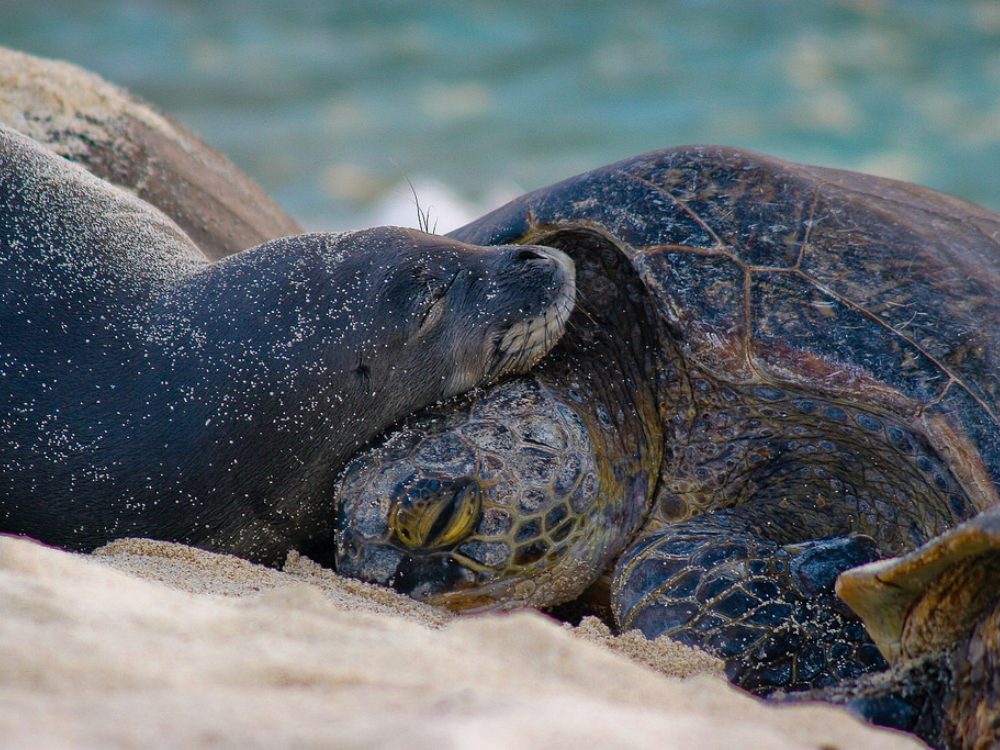
Papahānaumokuākea Marine National Monument
In this lesson, students simulate the dissection of an albatross bolus and learn how the presence of marine debris can be an indicator of ocean health. In the pool session, students lift a bag of simulated marine debris to the surface.
Content:
West Coast
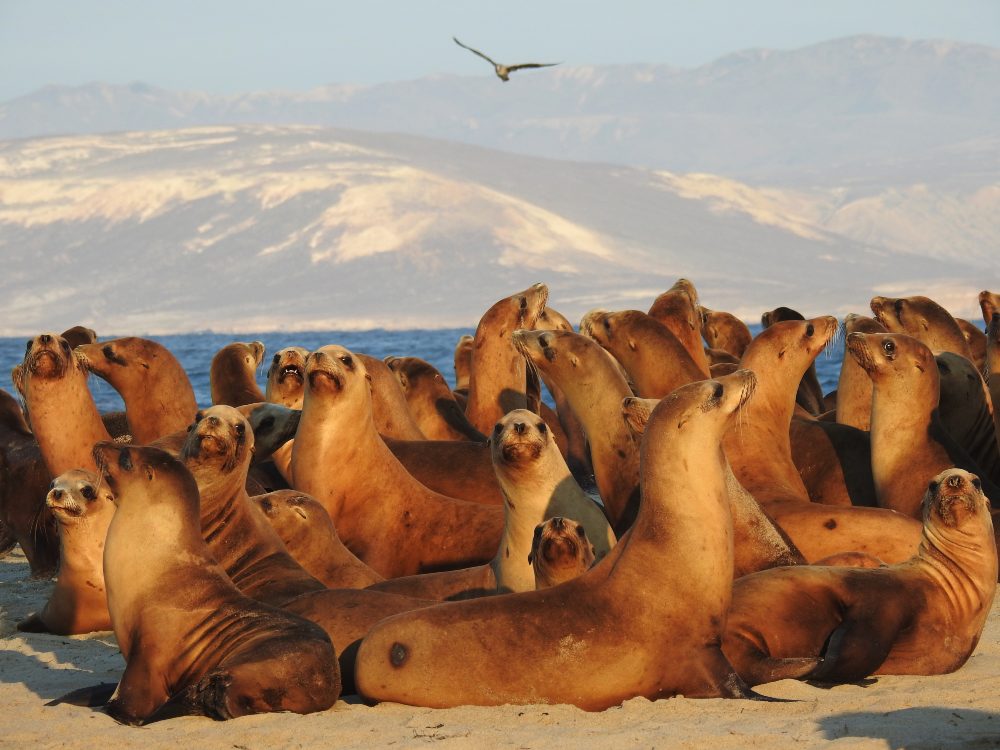
Channel Islands National Marine Sanctuary
This lesson introduces students to Channel Islands National Marine Sanctuary. Students will explore an eelgrass meadow, and learn about the tools and techniques that scientists use to study this essential fish habitat.
Content:
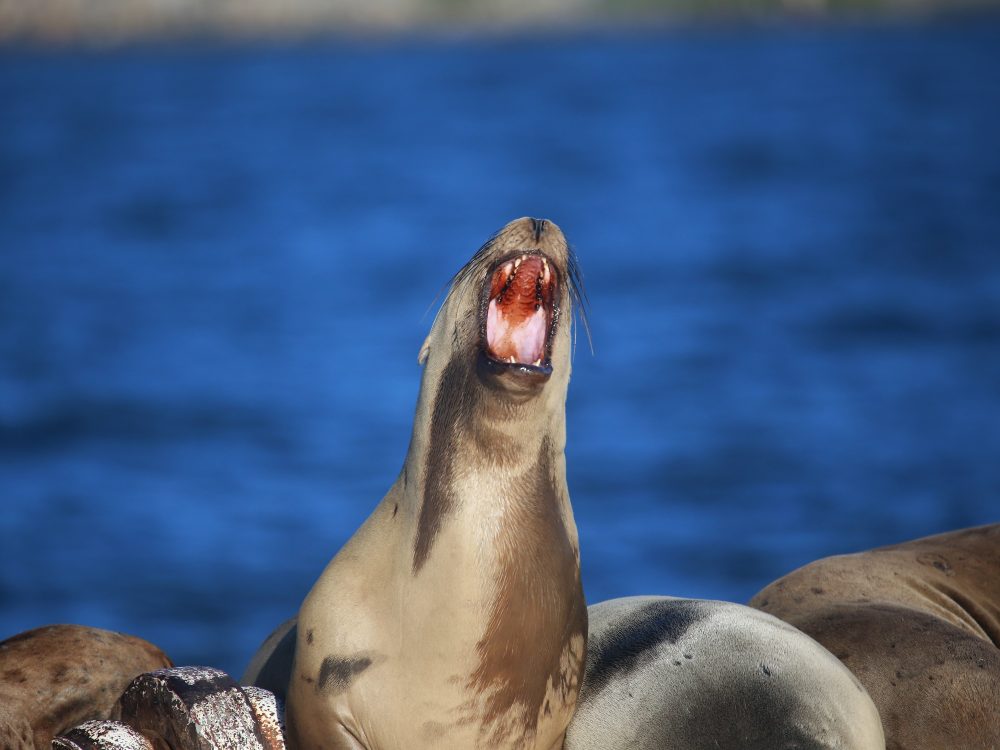
Greater Farallones National Marine Sanctuary
Through a case study of Greater Farallones National Marine Sanctuary, this lesson introduces students to the main components of a kelp forest ecosystem. During the pool mission, students will practice diving a transect and using a quadrat to monitor urchin populations.
Content:
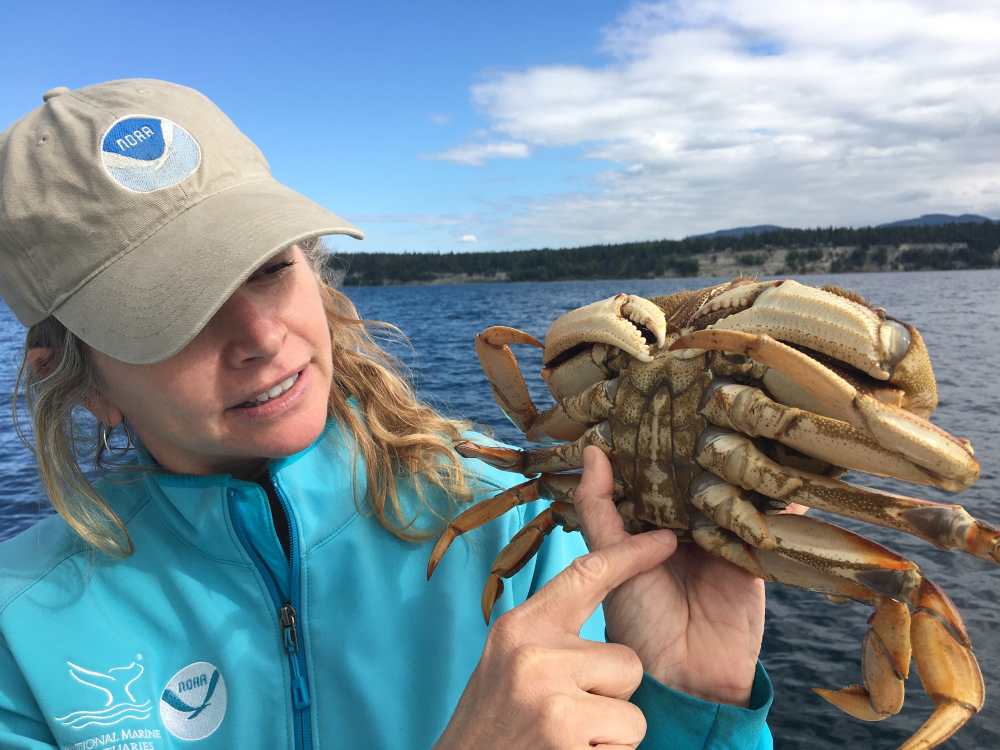
Monterey Bay National Marine Sanctuary
This lesson introduces students to Monterey Bay National Marine Sanctuary. Students will learn about Dungeness crab and its life cycle; how ocean acidification is impacting the marine food web and the commercial fishing industry; and daily actions they can take that will reduce the effects of climate change.
Content:
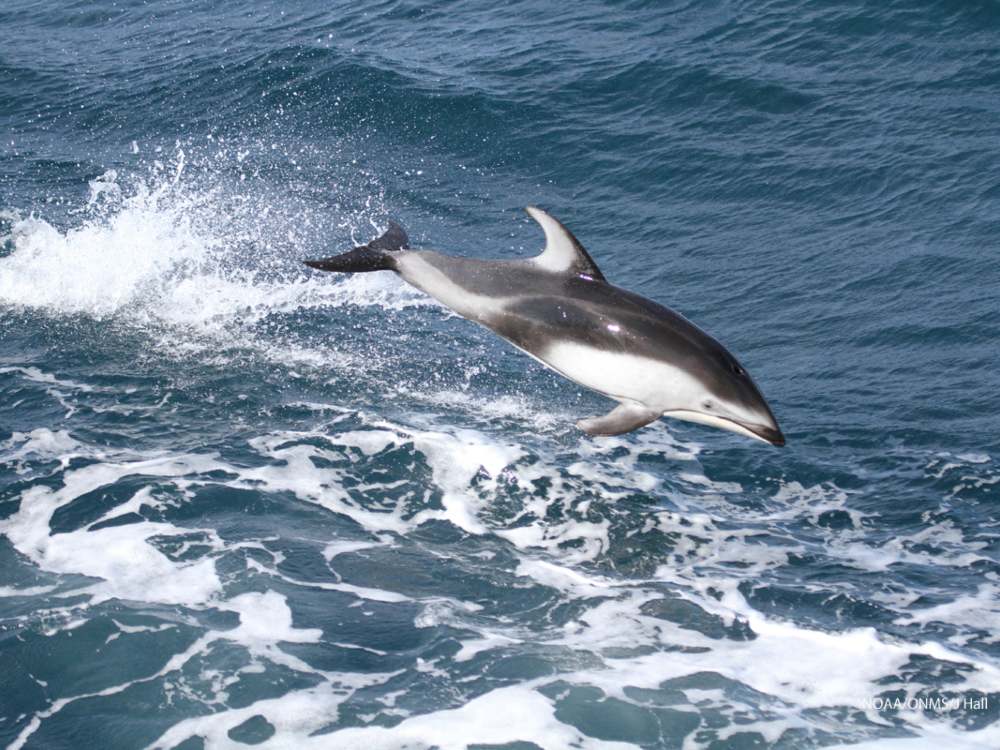
Cordell Bank National Marine Sanctuary
In this lesson, students simulate using an ROV to conduct a survey. Using ROV footage collected in Cordell Bank National Marine Sanctuary, students learn about species abundance and the importance of seafloor habitats.
Content:
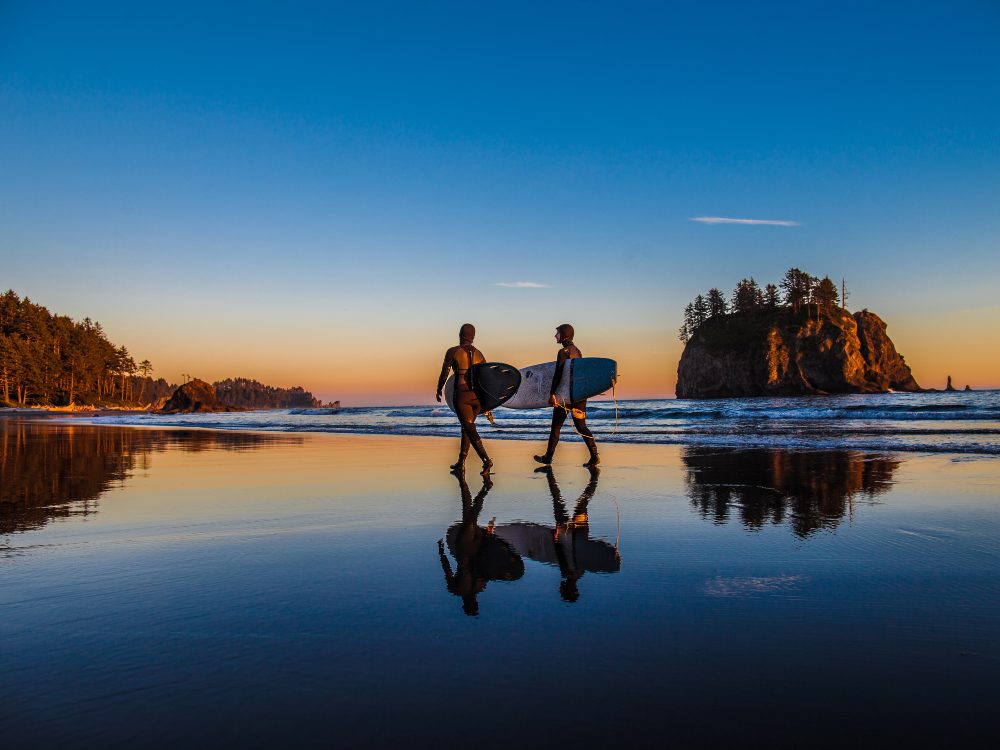
Olympic Coast National Marine Sanctuary
In this lesson, students learn how a food web models energy transfer in an ecosystem and predicts how changes to the population of one organism can have far-reaching effects. In the pool, Students practice buoyancy control, awareness of their environment and buddy, and air management while playing an underwater game that simulates feeding interactions.
Content:
East Coast and Gulf of Mexico
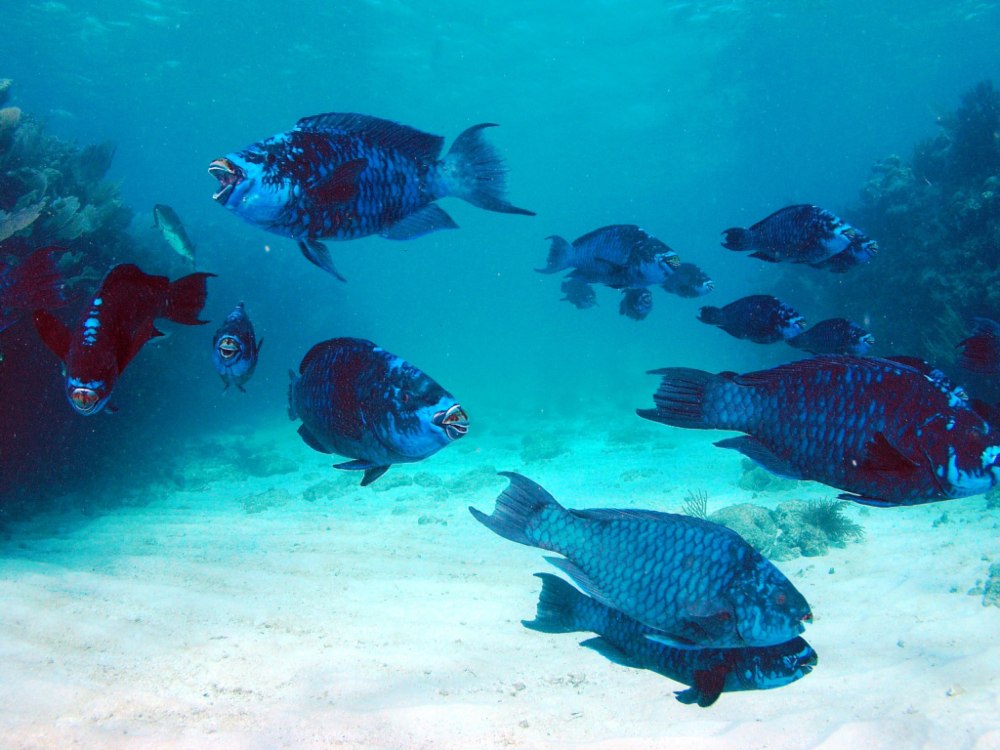
Florida Keys National Marine Sanctuary
This lesson introduces students to Florida Keys National Marine Sanctuary and three habitats that can be found there. Students will learn about mangroves, seagrass beds, and coral reefs and form an understanding of how these habitats are connected in the Florida Keys coral reef ecosystem. They will also learn about the impact of marine debris on the ecosystem and what they can do to help.
Content:
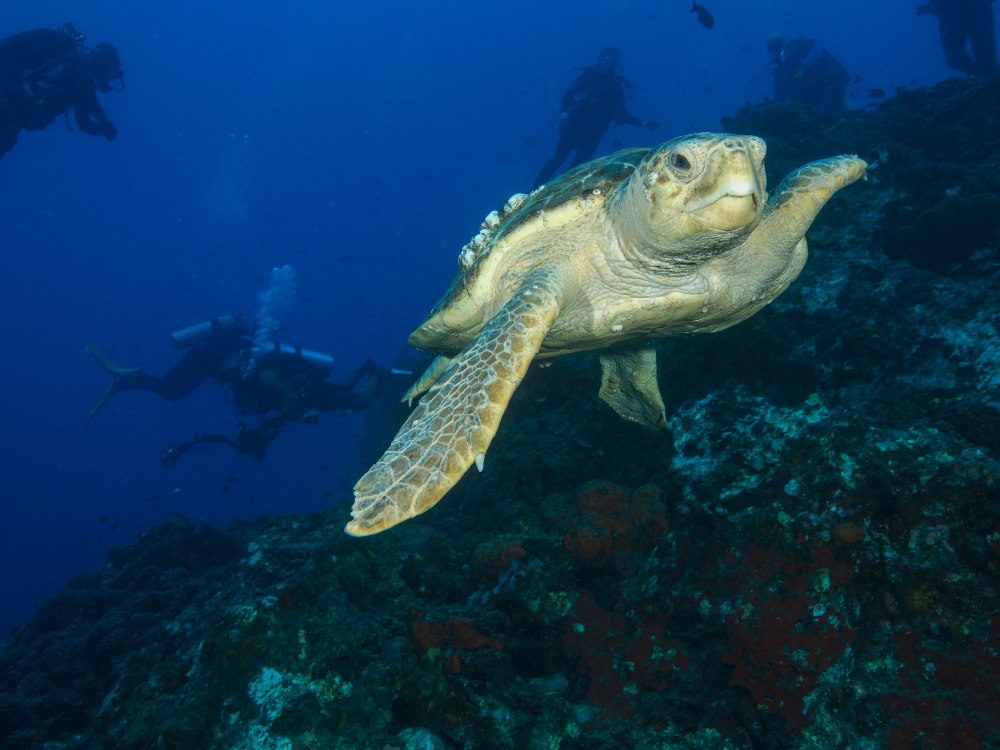
Flower Garden Banks National Marine Sanctuary
This lesson teaches students about invasive species, using the example of lionfish in Flower Garden Banks National Marine Sanctuary. Students will learn how to minimize the threat of invasive species to marine ecosystems.
Content:
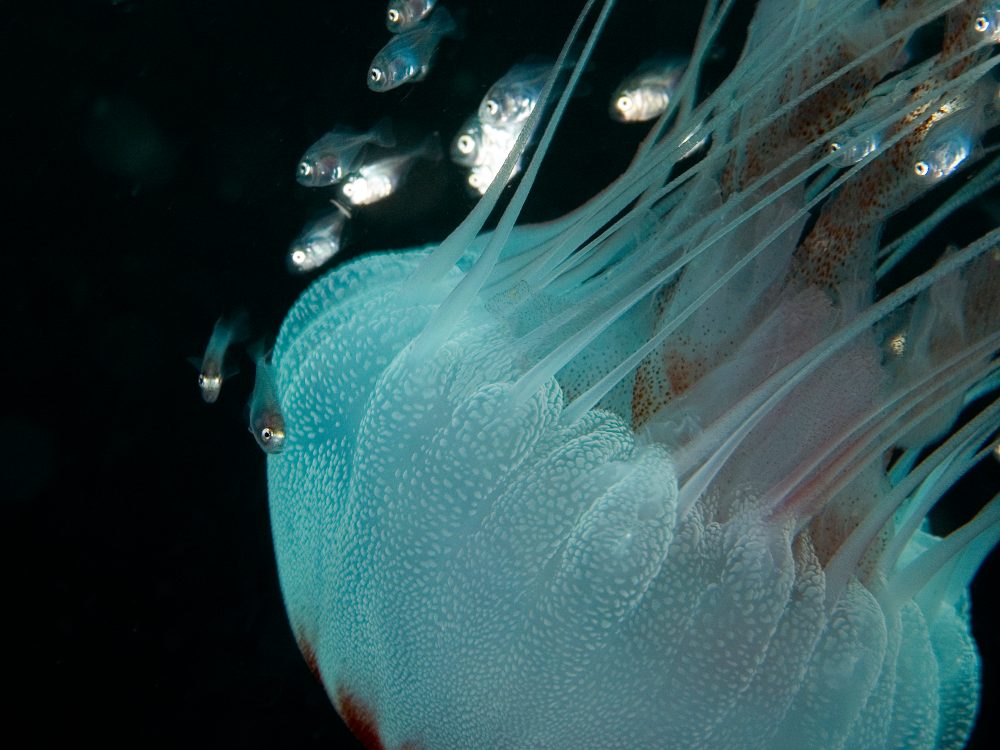
Gray’s Reef National Marine Sanctuary
This lesson introduces students to Gray’s Reef National Marine Sanctuary and the important resources it protects. Students simulate tracking fish with acoustic tags and learn about the differences between Gray’s Reef and a coral reef.
Content:
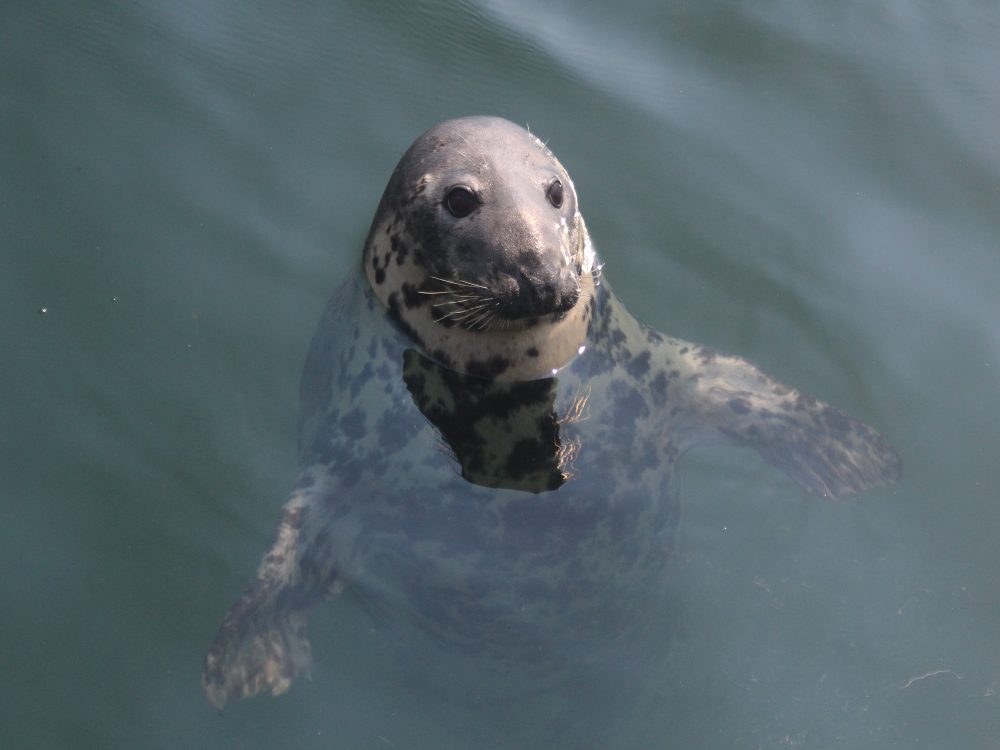
Stellwagen Bank National Marine Sanctuary
Students investigate how whales use sound to communicate and gain information about their environment and how acoustic masking may affect whales in Stellwagen Bank National Marine Sanctuary. Students simulate using echolocation.
Content:
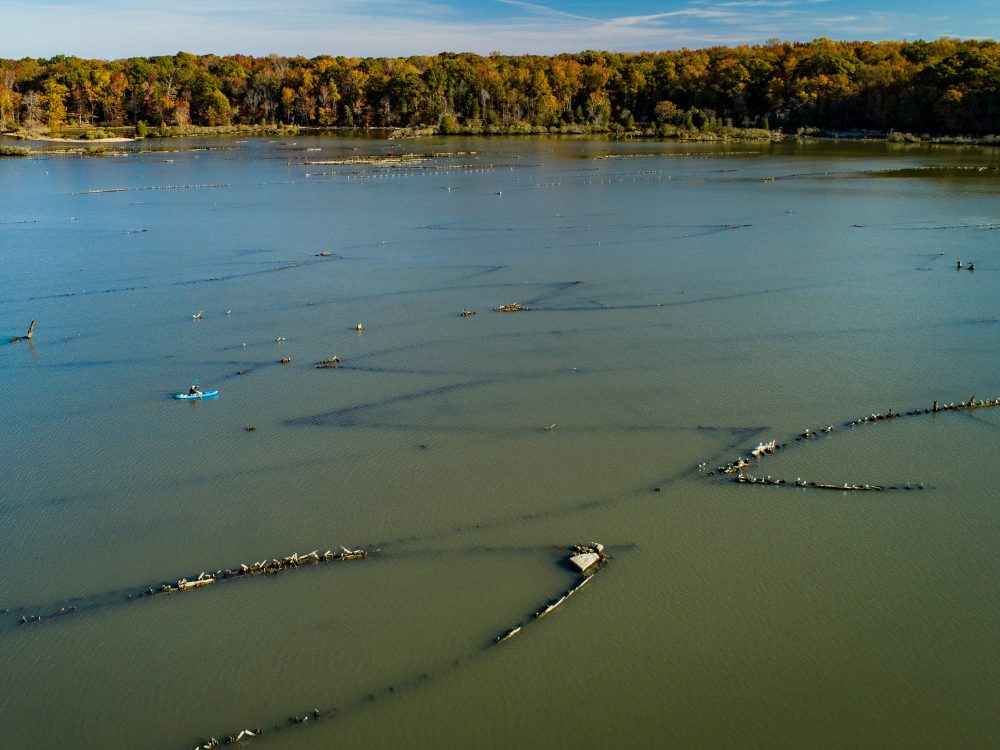
Mallows Bay-Potomac River National Marine Sanctuary
In this lesson, students learn about the importance of submerged aquatic vegetation and how it is affected by sediment pollution. Students prepare and deliver a dive briefing for a simulated dive in Mallows Bay-Potomac River National Marine Sanctuary.
Content:
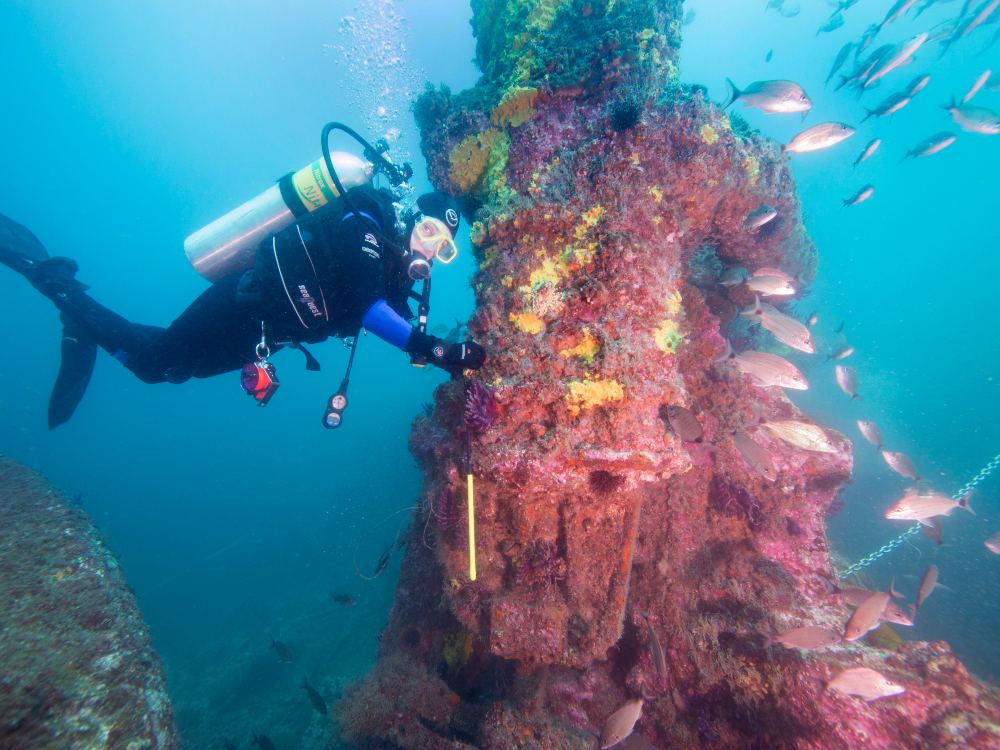
Monitor National Marine Sanctuary
This lesson introduces students to Monitor National Marine Sanctuary and the importance of maritime archaeology. Students will learn the process used by maritime archaeologists to map shipwrecks by creating a site plan that gives a general outline of a shipwreck, interpreting the data collected to make inferences about the ship and its crew, and to learn about the past. Students will also learn about actions divers can take to minimize threats to maritime heritage sites, such as shipwrecks.
Content:
Great Lakes
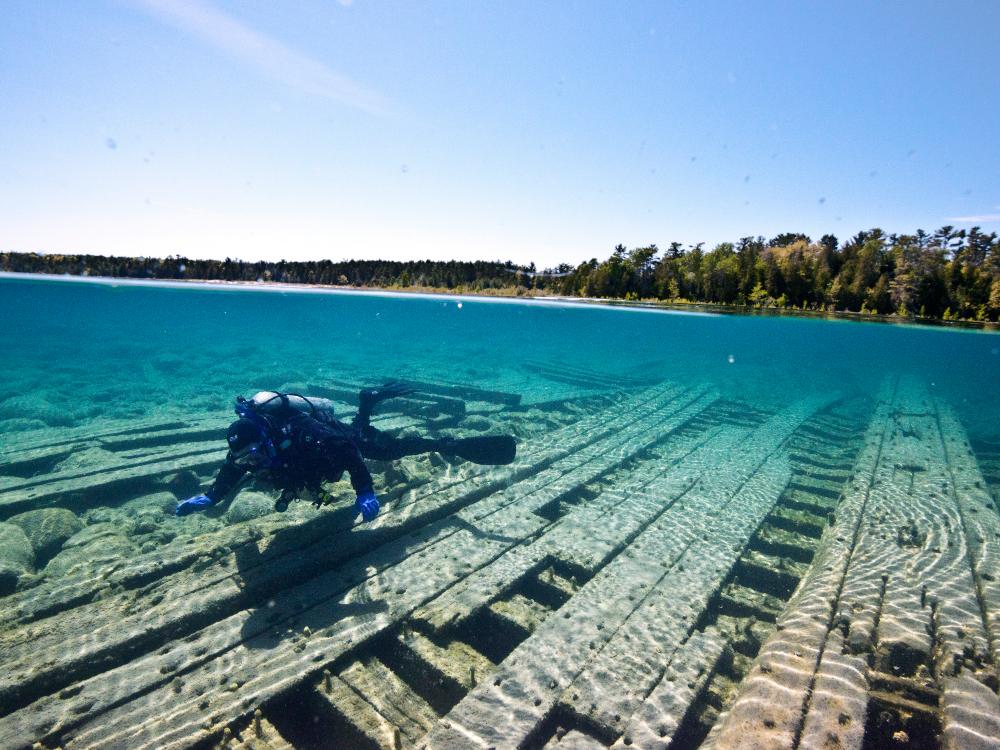
Thunder Bay National Marine Sanctuary
This lesson introduces students to Thunder Bay National MarineSanctuary and the threat of the invasive Zebra and Quagga mussels on the integrity of the maritime historical shipwrecks of the Monohansett and the Spangler.
Content:

Wisconsin Shipwreck Coast National Marine Sanctuary
Students simulate using photogrammetry to make a model of a shipwreck. Students practice buoyancy control, awareness of their environment and buddy, and air management while drawing a wreck site plan on a dive slate. Students take compass bearings to indicate artifact locations and take measurements and images of simulated artifacts.
Content:


